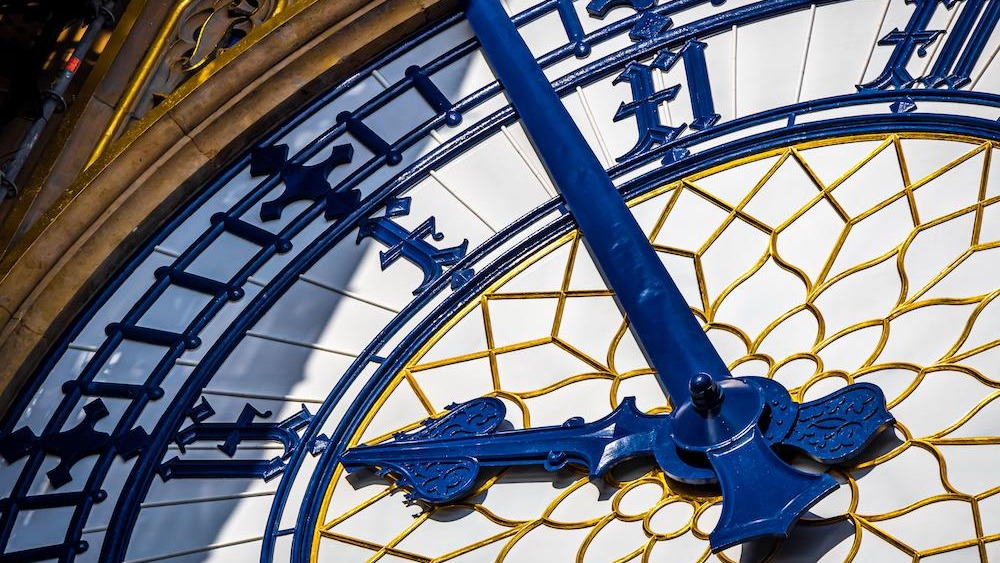Pesky 'leap second' will be abolished by 2035
An international group of experts has voted to retire the leap second by 2035.

Time is up for the leap second. Last week, an international coalition of scientists and government agencies voted to retire the dated timekeeping system, which will officially end in 2035.
The decision was made Nov. 18 during a general conference in France held by the International Bureau of Weights and Measures (BIPM), the organization responsible for global timekeeping.
Similar to leap years, leap seconds are a measure of time that get added periodically to clocks to make up for the difference between astronomical time (Universal Time 1, or UT1), also known as the Earth's rotation, and Coordinated Universal Time (UTC), which is based on the atomic clock.
"As the Earth's rotation continues to slow down, it accumulates one minute of delay each century and one hour of delay over 5,000 years," Patrizia Tavella, director of the BIPM's time department, told Live Science. Thus, the leap second was invented.
First introduced in 1972, leap seconds have long been the bane of timekeepers' existence and have increasingly come under pressure for elimination as highly used technologies, such as satellite navigation, computer networks, telecommunication and aviation, increasingly demand extreme accuracy in time keeping.
Related: Why it's time to abolish daylight savings time
At its inception 50 years ago, 10 leap seconds were added to the atomic time scale; in the years since, 27 more additions have been made whenever the two time systems drifted apart by more than 0.9 seconds, according to The New York Times.
Sign up for the Live Science daily newsletter now
Get the world’s most fascinating discoveries delivered straight to your inbox.
The addition of leap seconds has created its own host of issues and can result in technical difficulties that can affect everything from financial transactions to energy transmissions — even how astronomers align their telescopes.
"Leap seconds can be a source of failure and anomalies in computer systems," Tavella said.
As an example, Tavella pointed to the aviation industry, which relies heavily on accurate timekeeping to schedule flight routes around the globe.
"Because of the leap second, airlines have had issues with scheduling flights due to a difference in time," Tavella said, since different computing networks have developed their own methods to add in extra leap seconds. "You can experience errors if there isn't international synchronization when applying the leap second."
Tavella was quick to note that the average person most likely "won't notice the change," and that instead of adding in seconds on an annual basis, the new methodology will involve compounding seconds over the course of a century or more.
"At any time there's a one-second offset, we can let it go until it compounds to a minute or more and then make the time change every century or more," Tavella said.
The United States was among the countries who voted yes for the resolution's passage.
Jennifer Nalewicki is former Live Science staff writer and Salt Lake City-based journalist whose work has been featured in The New York Times, Smithsonian Magazine, Scientific American, Popular Mechanics and more. She covers several science topics from planet Earth to paleontology and archaeology to health and culture. Prior to freelancing, Jennifer held an Editor role at Time Inc. Jennifer has a bachelor's degree in Journalism from The University of Texas at Austin.










